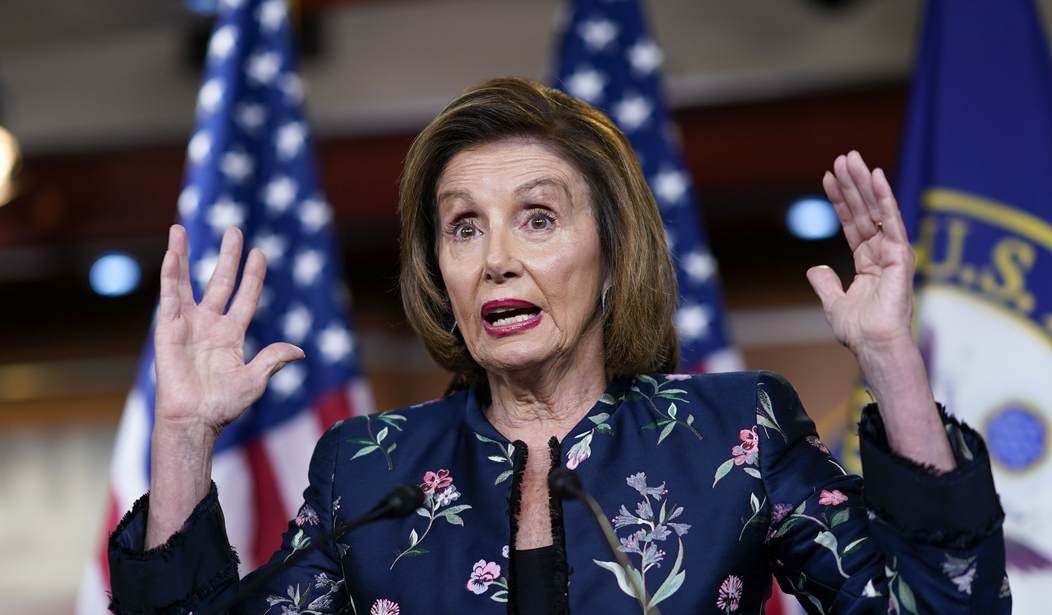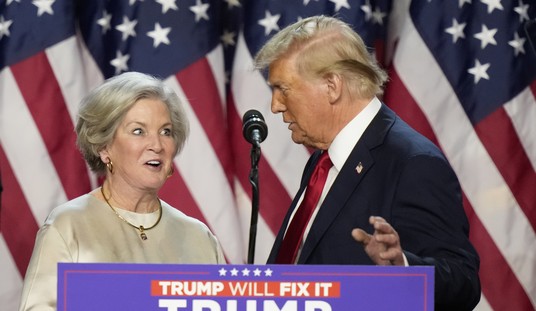As we reported, Joe Biden is set to forgive an incredible amount of student debt.
Now some of the details are in on what he intends to do.
According to Bloomberg News’ Jennifer Jacobs, Biden will announce a four-month extension of the moratorium on repaying loan debt through Dec. 31. This would be the final extension Biden would back. On top of that, Biden is going to forgive $10,000 in debt for borrowers who earn less than $125k and $20k in debt for Pell grant recipients. His final pause on repaying student loan debt, til Dec. 31, was meant to allow time to process loan balances.
Here’s how the White House fact sheet breaks it down.
Provide targeted debt relief to address the financial harms of the pandemic, fulfilling the President’s campaign commitment. The Department of Education will provide up to $20,000 in debt cancellation to Pell Grant recipients with loans held by the Department of Education, and up to $10,000 in debt cancellation to non-Pell Grant recipients. Borrowers are eligible for this relief if their individual income is less than $125,000 ($250,000 for married couples). No high-income individual or high-income household – in the top 5% of incomes – will benefit from this action. To ensure a smooth transition to repayment and prevent unnecessary defaults, the pause on federal student loan repayment will be extended one final time through December 31, 2022. Borrowers should expect to resume payment in January 2023.
Make the student loan system more manageable for current and future borrowers by:
Cutting monthly payments in half for undergraduate loans. The Department of Education is proposing a new income-driven repayment plan that protects more low-income borrowers from making any payments and caps monthly payments for undergraduate loans at 5% of a borrower’s discretionary income—half of the rate that borrowers must pay now under most existing plans. This means that the average annual student loan payment will be lowered by more than $1,000 for both current and future borrowers.Fixing the broken Public Service Loan Forgiveness (PSLF) program by proposing a rule that borrowers who have worked at a nonprofit, in the military, or in federal, state, tribal, or local government, receive appropriate credit toward loan forgiveness. These improvements will build on temporary changes the Department of Education has already made to PSLF, under which more than 175,000 public servants have already had more than $10 billion in loan forgiveness approved.
Protect future students and taxpayers by reducing the cost of college and holding schools accountable when they hike up prices.
The President championed the largest increase to Pell Grants in over a decade and one of the largest one-time influxes to colleges and universities. To further reduce the cost of college, the President will continue to fight to double the maximum Pell Grant and make community college free. Meanwhile, colleges have an obligation to keep prices reasonable and ensure borrowers get value for their investments, not debt they cannot afford. This Administration has already taken key steps to strengthen accountability, including in areas where the previous Administration weakened rules. The Department of Education is announcing new efforts to ensure student borrowers get value for their college costs.
So just the first part of that “three-part plan” is asking the American taxpayers to foot the bill for about $300 billion dollars, according to estimates. In the middle of rising Bidenflation and a recession, that would break our back and make things even worse.
Additionally, it’s making American taxpayers cover the debts of others, with no authority. Why should we have to pay for the debts that people lawfully bound themselves to pay? Moreover, Biden doesn’t have the power to forgive the debt. He’s not the king and it’s not within his constitutional authority to just excuse debt.
Even House Speaker Nancy Pelosi (D-CA) acknowledged that Biden doesn’t have that power last year and that he needs Congress to do so.
NANCY PELOSI in April: “People think that the president of the United States has the power for [student loan] debt forgiveness. He does not.”pic.twitter.com/0iz8uQeKXG
— RNC Research (@RNCResearch) August 23, 2022
“People think that the President of the United States has the power for debt forgiveness,” Pelosi declared. “He does not. He can postpone. He can delay. But he does not have that power. That has to be an act of Congress.”
Move ahead to now, and once again — with Democrats — all norms change. Suddenly because they think they need to do this for votes for the midterms, they just declare they can, regardless of the Constitution.
Yes, that’s so transparently what this is about: buying votes. Even the extension is about buying votes — notice it’s only until December and then it’s all back in force. So once they get your vote, they can bring it all back.
Now the problem with this is not only is it glaringly wrong, but the transparent effort to buy votes is also going to infuriate both sides of the aisle: it’s going to aggravate people on the right and those who paid their loans with how wrong it is and it’s going to still tick off the folks on the left because they’re going to think that Biden didn’t go far enough. The left is now not going to accept his excuse that he can’t forgive all the debt.
So ultimately, I don’t think it’s going to have the effect that Biden and the Democrats have hoped for because it’s going to tick off everyone.













Join the conversation as a VIP Member